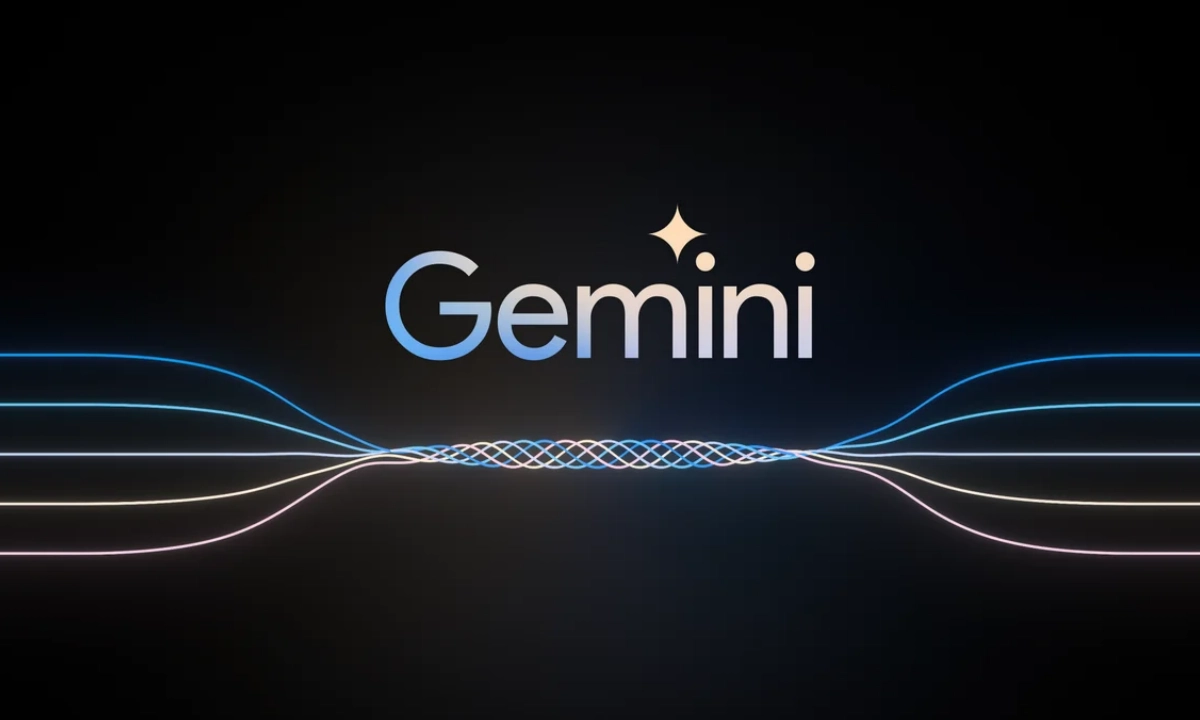Recently, Google has deployed a new function where the users of the Gemini AI can confirm the credibility of the written material produced by AI. With this new feature, the users can verify any derived content generated by the AI models. It uses Google Search to get there.
According to the company, “The feature used to give you a double-check response means it assists in evaluating the credibility of Gemini statements by searching Google for content that is similar or dissimilar.”
Google’s way of detecting the contents
The responses that Gemini types will now have an extra ‘G’ button with hues of the conventional Google logo. Cross-checking of the answers that the chatbot provides will be possible for the users with the help of this feature.
This functionality searches the answer through Google and may involve other types of input to confirm the answer’s genuineness.
Thus, Google has a cross-verification system based on colors. There are three different colors: Green means go, orange means caution and no highlight means stop
- Green Highlight: Reads that there is content in Google Search with similar information and provides a link to it.
- Orange Highlight: This implies that Google could not locate suitable material on the web.
- No Highlight: Accordingly, inadequate information on the web was discovered to assess the AI-created content.
How to detect the Gemini-generated content
1. The first step is to input your prompt to the Gemini AI chatbot
2. Somewhere below the content you will see a “double-check response” switch on/off.
3. To proceed with the verification, click on it.
You will then get a response to your query and you can pair it to the colors that I have listed above. This seems useful as, more often than not, chatbots provide some fun facts that can be slightly hard to confirm.
If the response from Gemini AI triggered the flagging algorithm then the response might well look like the generated response here, where only a portion of the response may not be relevant, and no such information appears to be accessible in the Google referencing web.
